Precision measurement technology for research and industry: World Interferometry Day shines spotlight on important technology
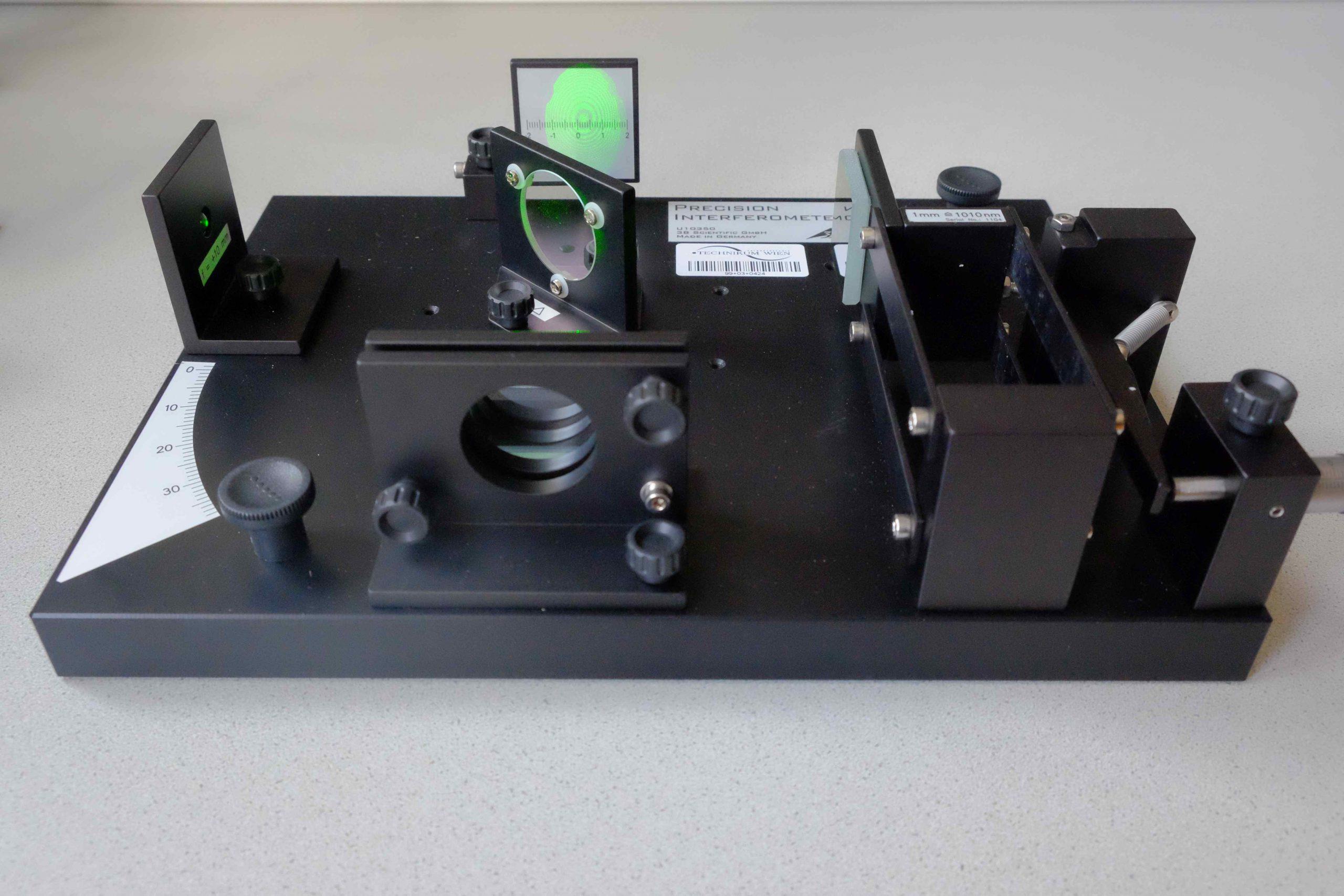
12 April, 2021
From laser rangefinders to gravitational wave detectors: Applications like these would not be possible without interferometry. World Interferometry Day on April 14th aims to bring this important technology more into the public spotlight. The UAS Technikum Wien is also taking up the initiative.
The measurement methods of interferometry are widely used in the technical field. Applications of interferometers range from detectors for gravitational waves and tests of quantum physics to imaging procedures in medicine and laser rangefinders on construction sites. Despite this, the technology has been little known to the general public. World Interferometry Day, which takes place on the second Wednesday in April – this year on April 14th – aims to change that.
On the initiative of the Technical University of Ilmenau and SIOS Meßtechnik GmbH, the invention of the Michelson interferometer and interferometry in general is commemorated on this day.
The UAS Technikum Wien is also embracing this theme: “Interferometry plays a central role in experiments on the astonishing predictions of relativity theory and quantum physics. But interferometers are also used in many areas of engineering and not least in biophysics. That’s why we are celebrating World Interferometry Day, despite and even because of the current pandemic,” says Lukas Mairhofer from the Applied Physics competence field at our university.
Historical background: the Michelson-Morley experiment
The Michelson interferometer is named after its inventor, Albert Abraham Michelson. He was an American physicist of Prussian origin, who became famous for the Michelson-Morley experiment he performed in 1881. Michelson’s experiment was intended to confirm the hypothesis of the light ether, a medium through which light propagates. It failed to prove the existence of the aether; rather, it disproved the aether theory and corresponding phenomena were later explained by Einstein’s theory of relativity. Nevertheless, Michelson was awarded the Nobel Prize in Physics in 1907 “for his precision optical instruments and the spectroscopic and metrological investigations he carried out with them.” The Michelson interferometer he invented for his experiment is the basis for modern precision instruments and ushered in a new era of metrology.
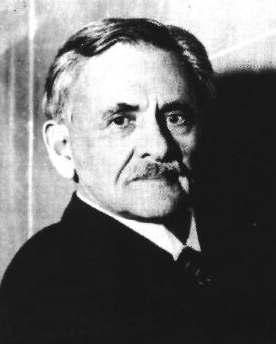
Albert Abraham Michelson
Foto: Wikipedia

Moderner Interferometer
Foto: FHTW
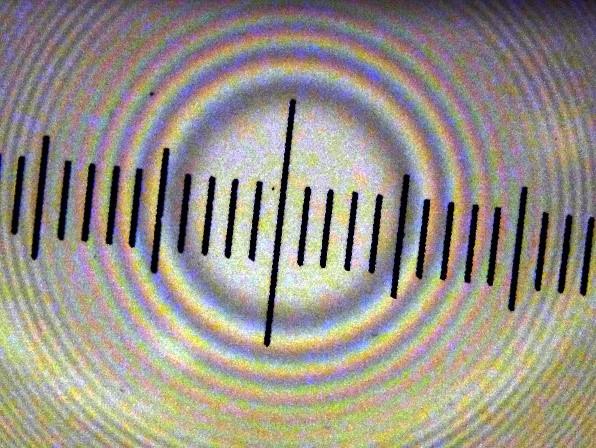
Beispiel eines Interferenzmusters (Newtonsche Ringe).
What is interference?
The measurement methods of interferometry are based on the physical phenomenon of interference. When two light waves of the same wavelength overlap, they can amplify each other (constructive interference) or cancel each other out (destructive interference), depending on whether they oscillate in phase or in antiphase. The bright areas of the resulting interference pattern correspond to amplification, while the dark areas correspond to extinction of the light waves.
How does a Michelson interferometer work?
In a Michelson interferometer, a light beam hits a semi-transparent mirror, which splits the light into two beams. Both of these beams are reflected at one mirror each and then hit a detector together. If one of the mirrors is moved forward or backward, the path length of the light beam changes before it hits the detector. This causes a phase shift between the two light waves, which in turn leads to constructive or destructive interference at the detector. The light intensity measured by the detector is thus related to the tiny shifts of the mirror.
Based on this principle, a multitude of precision measurement techniques have been developed, which find application in both research and industry and are indispensable in these fields.
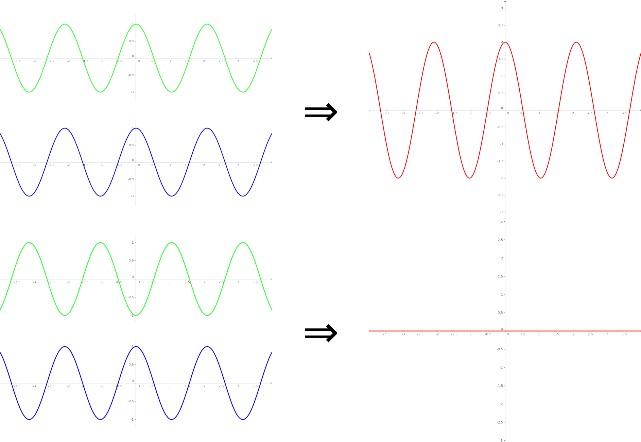
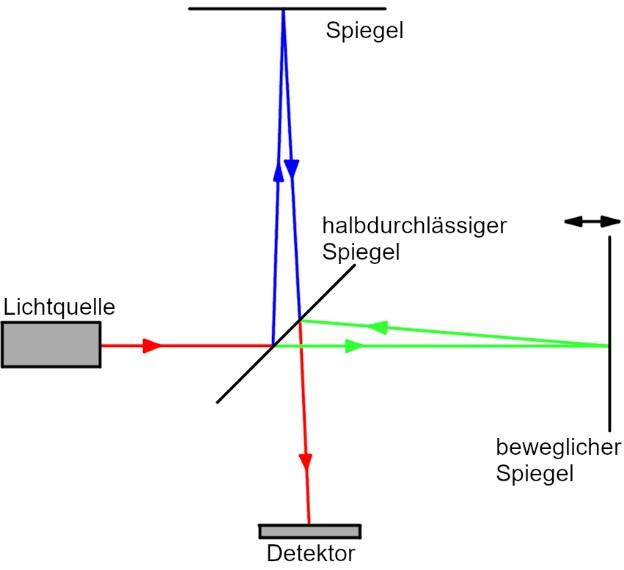

Please accept cookies for external media to view videos